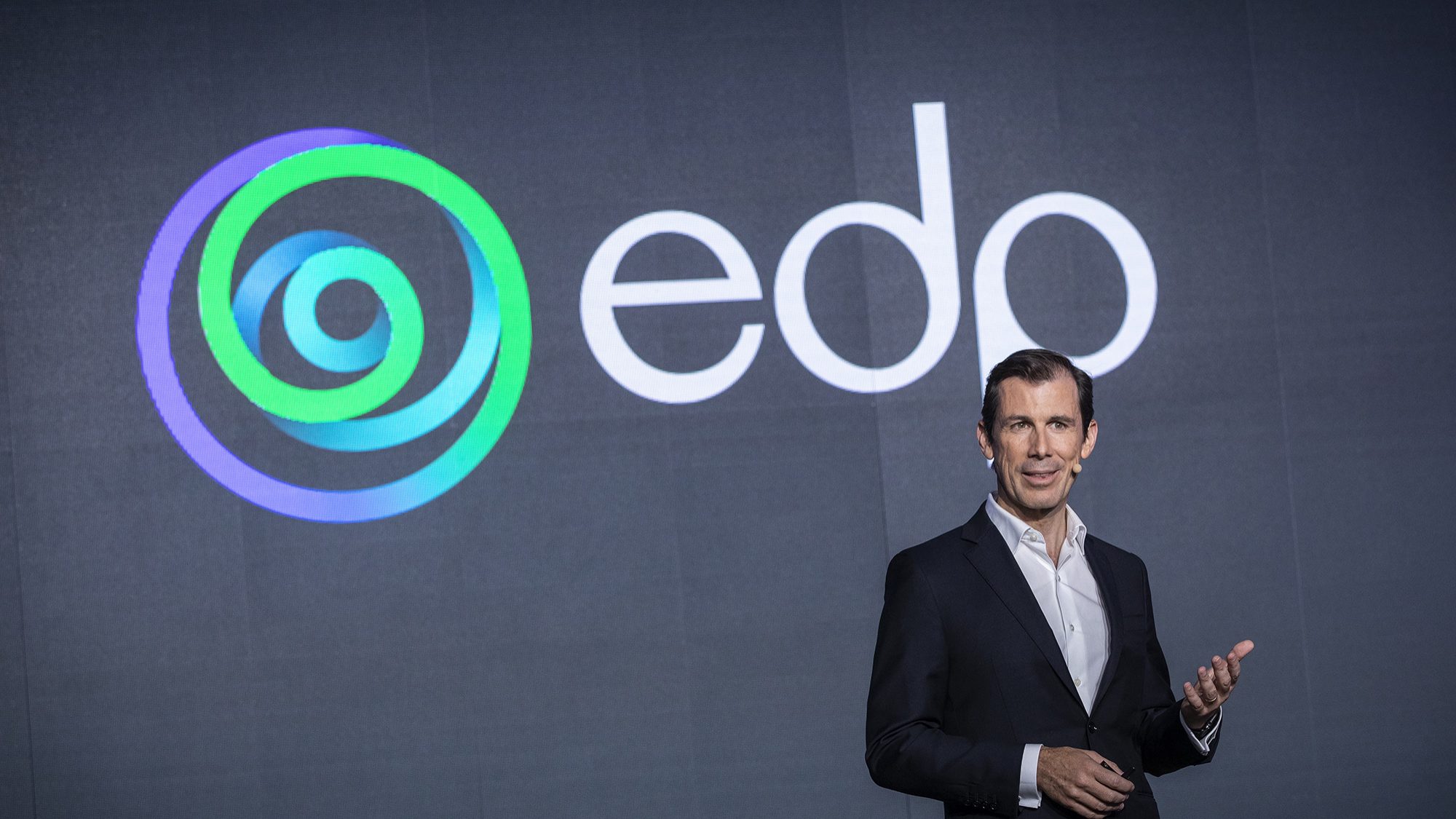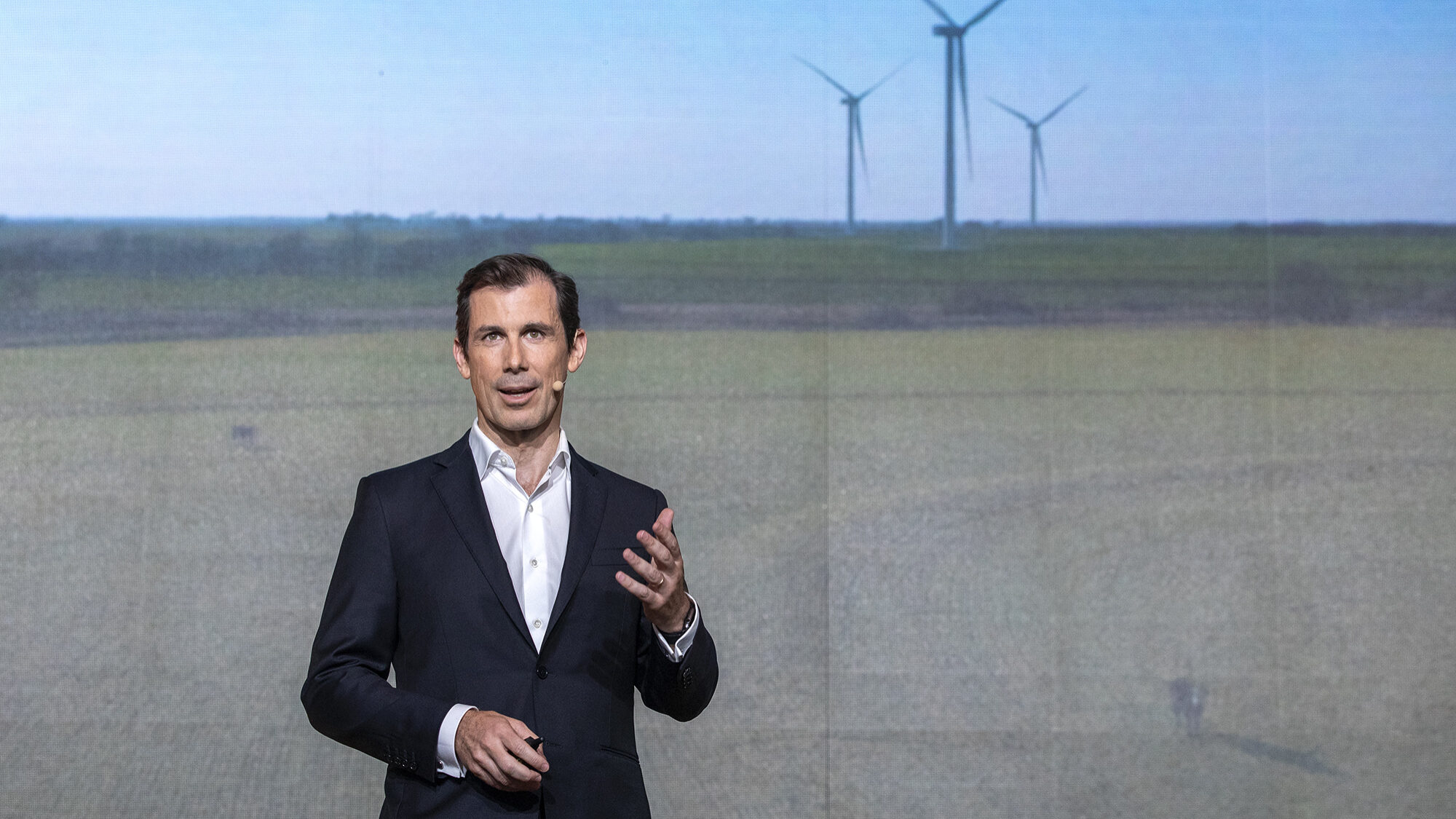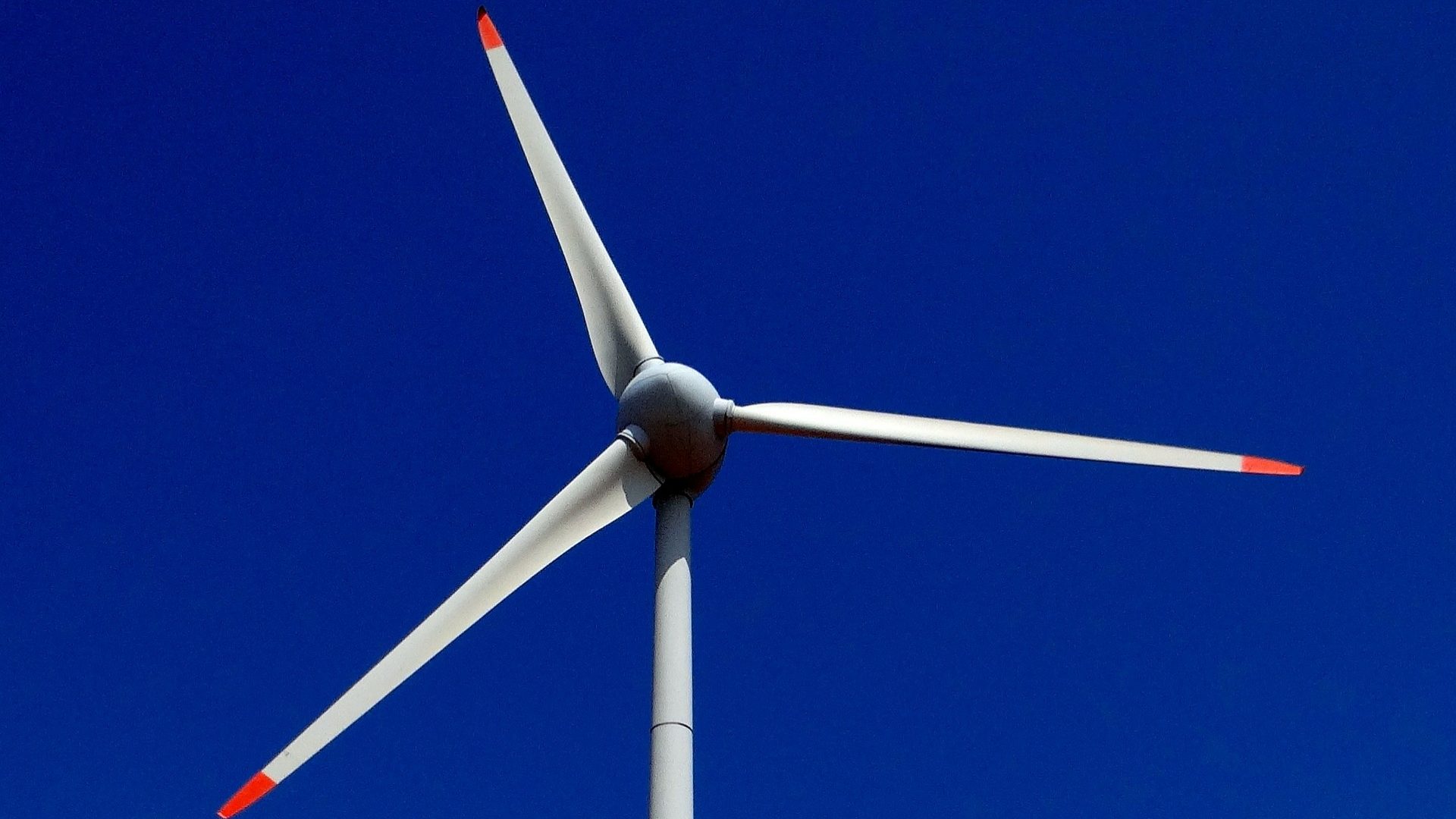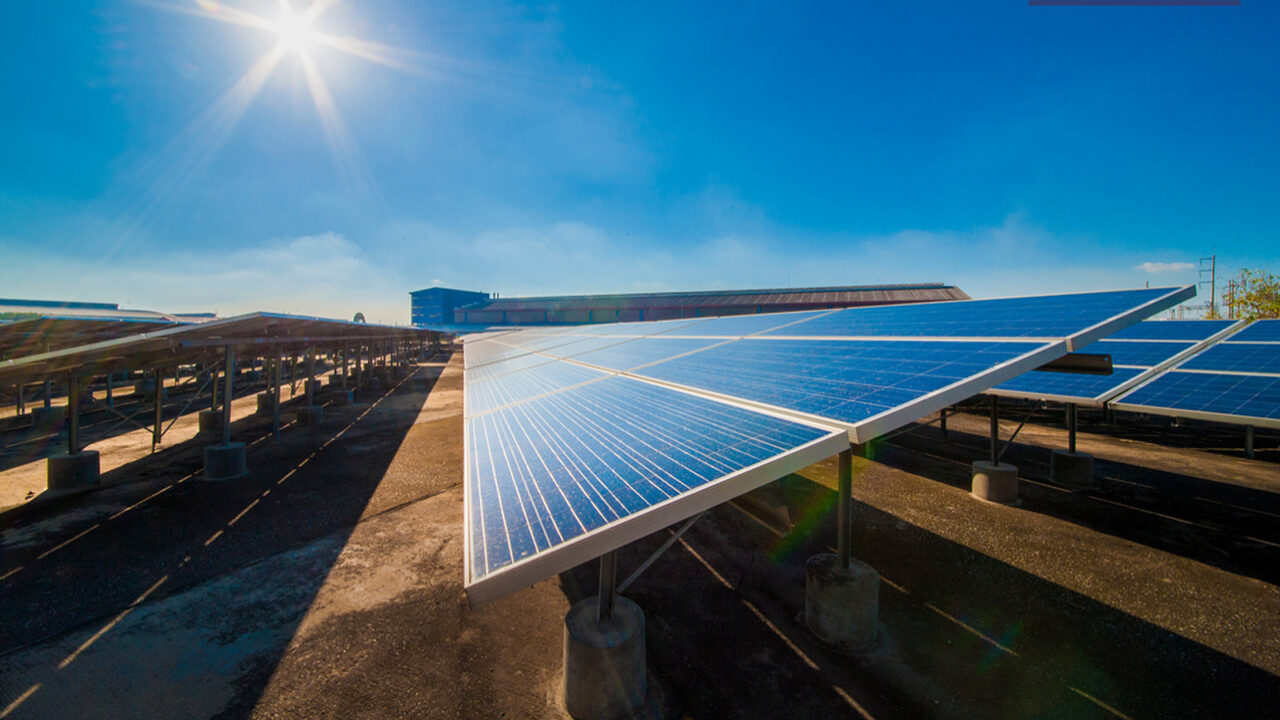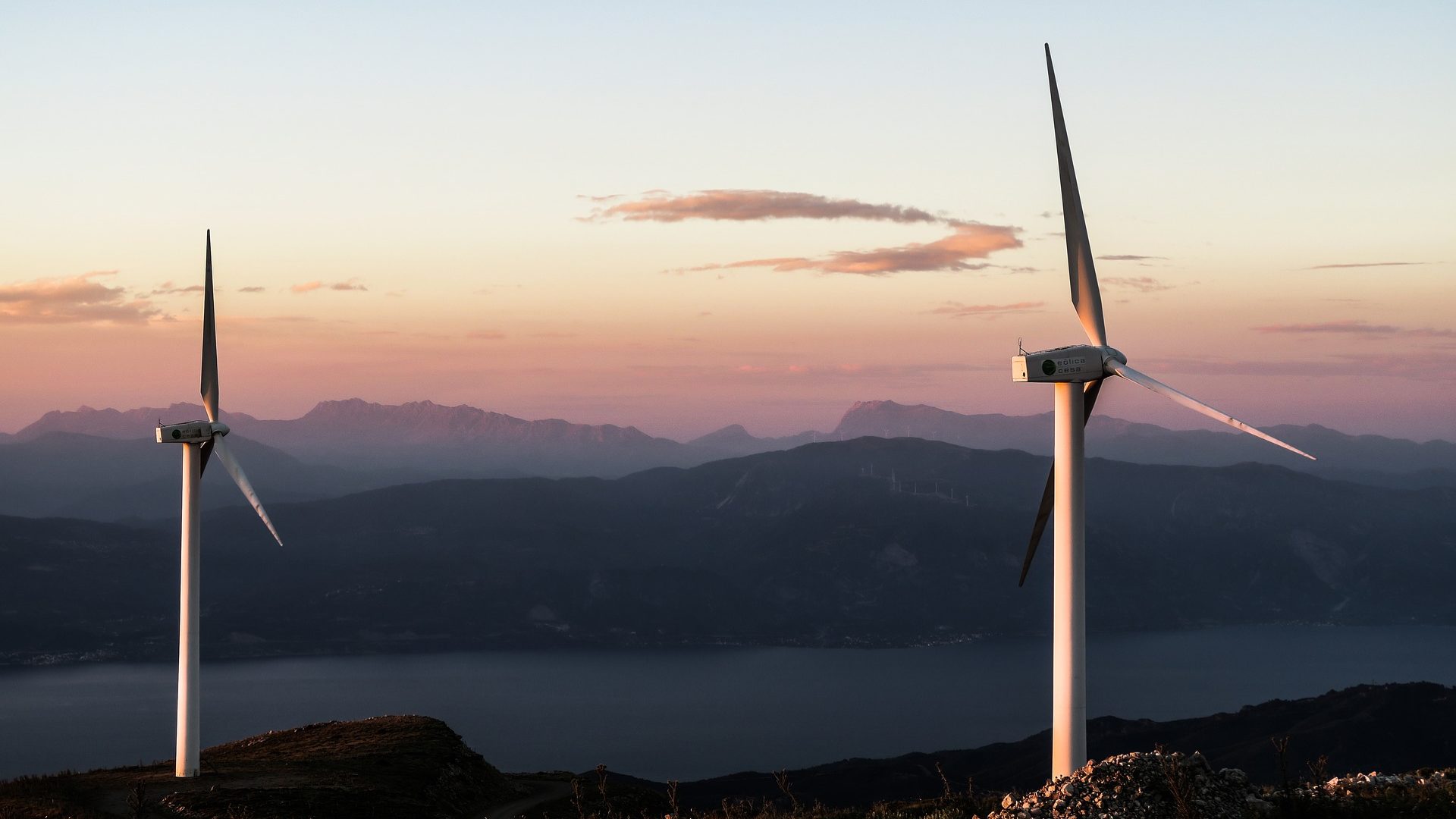EDP CEO faces shareholders after “turbulent” months and wave of share price cuts
Pressure on the US and financial results, a fall in EDP Renováveis shares, several price target cuts and a drop in worker confidence. Stilwell faces shareholders after a turbulent quarter.
One week before the General Meeting of EDP Renováveis (EDPR) and two weeks before the main meeting of the ‘parent company’ EDP, the CEO of the two companies will have to present the shareholders with a report of a turbulent quarter and will have to face questions about how he intends to turn the group around.
“It’s been a turbulent few months”, admitted Miguel Stilwell d’Andrade on 26 February, in the conference call with analysts after EDP Renováveis announced a loss of 556 million euros for 2024. The result was impacted by 777 million euros for non-recurring items, impairments related to the projects in Colombia and the United States, but recurring profit also disappointed, with 221 million euros falling 57% compared to the previous year, with the company recognising that “the performance of the operational part was not sufficient” to compensate for the lower gains in asset turnover.
Analysts consulted by Reuters were anticipating, on average, a net profit of 272 million euros, so they were especially attentive to Stilwell d’Andrade’s explanations and reactions on the conference call, but several were dissatisfied with his answers. Asked repeatedly about new guidance (the forecasts that analysts use to make estimates and recommendations), EDPR’s CEO reiterated that his hesitation comes from “the fact that [the company] doesn’t provide guidance at this time of year”.
The conference call left investors “confused” and points to a lack of guidance for 2025 due to uncertainty, noted J.P. Morgan analysts. “The 2024 results were weak… Moreover, management’s reluctance to provide financial guidance for 2025 — due to production uncertainty and limited visibility of asset turnover gains — further undermines the outlook, in our view”, wrote Exane BNP Paribas in a research note.
Going further, the Citi analysts lamented that “unfortunately, EDPR’s management decided not to take short-term measures to support its share price performance, such as those linking capex reduction or asset rotation to share buybacks, as [they] had expected”.
“This raises the question of why the lack of action and emphasises the weight of doing nothing”, they stressed. This fall in shares is not new. In the last 12 months, the stock has fallen 36.33% and in the last three, i.e. in the first quarter, 21.02%. Last Tuesday, EDPR fell off the podium of the most valuable stocks on the Lisbon stock exchange’s main index, the PSI, with its capitalisation of 8.31 billion being surpassed by Millennium BCP’s 8.34 billion.
Reactions to the results and the subsequent conference call were not long in coming. The following day, EDPR shares plunged 11.91%, the biggest drop since March 2020. During the call with analysts on the results of EDP, which owns 71.3% of EDPR, Stillwell de Andrade was asked about the markets’ reaction to the subsidiary’s shares. Since the election of Donald Trump, the electricity company’s CEO has been labelling the falls in its shares as exaggerated, but this time he admitted that it may have been caused by the administration’s own communication.
In the space of 48 hours, five investment houses cut their target prices for EDPR – one of them, Alantra, by 23.2%. Between January and March, according to data compiled by ECO, there were 17 cuts in the price target assigned by analysts. The average reduction was 16.7%, taking the average target from 13.66 euros to 11.38 euros.
But in the midst of the turbulence there are some factors of stability. Even after the cuts in the target price of EDPR shares, of the 17 investment houses, seven maintained their Buy recommendation and six their Hold, Neutral or Equalweight recommendation. Despite the cuts, the upside — i.e. the potential for appreciation between the current price (7.93 euros at Wednesday’s close) and the target price — remains high according to the majority of analysts, with all 17 putting this potential still at double-digit percentages.
At the geopolitical crossroads
Despite Donald Trump’s aversion to renewable energies, Miguel Stilwell d’Andrade has reiterated that the US will continue to be important for the company. Refusing to “throw in the towel”, he argued in Davos in January that the US “is a big market” and that “they need all the energy available”.
Added to this aversion is the geopolitical positioning of the new Republican administration, particularly with regard to Chinese investments in the United States. In reality, it’s a return to the policy adopted during Trump’s first term in the White House, which had an impact on EDP when China Three Gorges (CTG), which at the time held 23.27% of EDP’s capital and votes, saw its takeover bid to control more than 50% of the Portuguese electricity company in 2019 fail.
CTG remains EDP’s largest shareholder, with 21.40%, but ECO knows that several of the company’s shareholders are concerned about the impact that the Chinese position may have on the prospects for the US business. Between June 2024 and the end of the year, some of the reference shareholders strengthened their position, such as the US fund BlackRock, Norway’s Norges and Singapore’s sovereign wealth fund GIC, bringing the overall position of the 10 largest non-Chinese reference shareholders to close to 40%.
Sales, mergers and exits?
On 20 January, Trump ordered federal agencies to suspend issuing any new or renewed approvals for offshore wind projects and to consider terminating or amending existing leases, saying that wind turbines are “ugly, expensive and harm wildlife”.
In reaction, EDP Renováveis SA is considering selling a stake in its offshore wind joint venture with Engie, Ocean Winds, Bloomberg reported on 6 March. The sale of 50%, or at least part of that stake, would serve to help reduce debt, which climbed 2.5 billion euros in 2024 to reach 8.3 billion, or a leverage of 4.8 times EBITDA.
One alternative, which two sources contacted by ECO consider to be the first of the CEO’s options, is a merger between EDP and EDP Renováveis, which would strengthen the balance sheet, cut the recent history of the shares and, at the same time, dilute the concerns of some shareholders. The possibility of such a merger — which EDP tried and failed to achieve via a takeover bid in 2017 under the leadership of António Mexia — has never been put aside by Miguel Stilwell d’Andrade, diplomatically. Now, one possible route is an option to exchange EDP Renováveis shares for EDP, but there will always be shareholders who will demand a financial consideration, which makes the operation more difficult to carry out.
The turmoil is also having an internal impact. Expresso reported on 21 March that workers’ trust in management deteriorated substantially in 2024, according to data from the most recent internal survey, answered by 90% of workers. According to the weekly, “I trust the executive board of directors” was a statement that in 2023 was subscribed to by 69% of EDP employees, but in the 2024 survey it became just 57%. And employees’ levels of confidence in the three-year strategy are not the highest either.
Expresso also reported that, after losing 3.8% of its workforce in the domestic market by 2024, the electricity company has invited more than 100 workers to leave through friendly terminations and around 300 through early retirements.
Despite the challenging market context, plus geopolitical uncertainty in the markets in which it operates, “EDP recorded a good performance, even achieving results above what it had committed to in the Business Plan”, an official company source told ECO.
